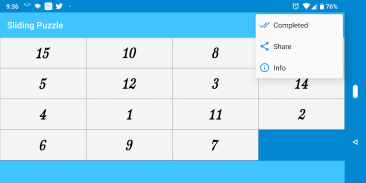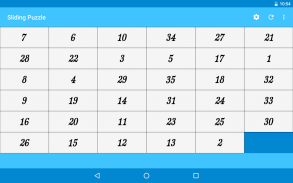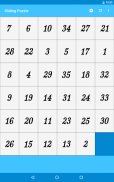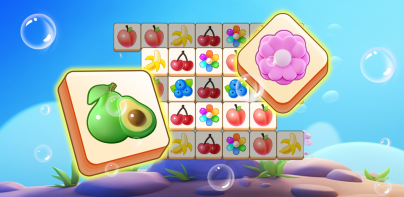








Sliding Puzzle - Sliding Block Puzzles

Descrição do Sliding Puzzle - Sliding Block Puzzles
Sliding puzzles can be incredibly difficult to solve, as anyone who's tried can tell you.
Solve the first row and first column first, then the second row and second column, etc.
That's the general stragegy. Think about it: if you have a 5x5 puzzle, solving the first row and first column reduces the problem to a 4x4 puzzle. You will never have to touch that row and column again. You then keep doing that, solving smaller and smaller puzzles until you're done.
To solve the first row, line up all numbers in their proper place except the last two
So, in a 5x5 puzzle, put the 1, 2, and 3 blocks in their proper place. You should have no problem doing this, you wont mess up previous positions.
Put the next number in the top right corner, then the next number below it...
• You can set difficulty
• It saves the progress
• It records how many puzzles you have completed
puzzles deslizantes podem ser incrivelmente difícil de resolver, como qualquer um que tentou posso dizer.
Resolver a primeira linha, primeira coluna, em primeiro lugar, em seguida, a segunda linha e segunda coluna, etc.
Essa é a stragegy geral. Pense nisso: se você tem um enigma 5x5, resolvendo a primeira linha e primeira coluna reduz o problema a um enigma 4x4. Você nunca terá que tocar nessa linha e da coluna novamente. Você, então, continuar fazendo isso, resolver enigmas cada vez menores até que você está feito.
Para resolver a primeira linha, alinhar todos os números em seu devido lugar, exceto os dois últimos
Assim, em um quebra-cabeça 5x5, marcou o 1, 2 e 3 blocos no seu devido lugar. Você não deve ter nenhum problema em fazer isso, você não vai atrapalhar posições anteriores.
Coloque o próximo número no canto superior direito, em seguida, o próximo número abaixo dela ...
• Você pode definir dificuldade
• Ele salva o progresso
• Ele registra quantos puzzles de ter concluído

























